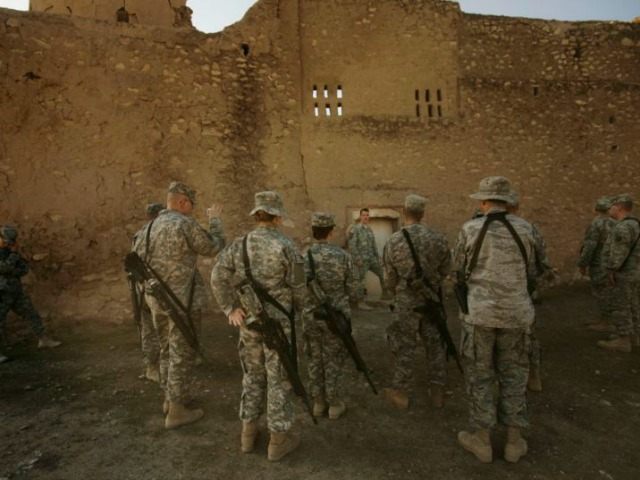In their ongoing obliteration of historic monuments, militants from the Islamic State have completely destroyed the 1400-year-old Monastery of St. Elijah in Mosul, the oldest Christian monastery in Iraq.
The monastery, also known by the name of Dair March Elijah, was founded in 590 AD on a hill overlooking Mosul.
New satellite images confirm that the ancient stone walls “have been literally pulverized,” likely with the use of bulldozers and perhaps explosives. The exact date of the destruction is unclear but may have taken place as far back as August or September 2014.
On seeing photos of the destruction, Father Paul Thabit Habib, a 39-year-old priest from Mosul who now lives in exile in Irbil, had trouble containing his emotion.
“I can’t describe my sadness,” Habib said. “Our Christian history in Mosul is being barbarically leveled. We see it as an attempt to expel us from Iraq, eliminating and finishing our existence in this land.”
The monastery had already suffered other acts of vandalism, but had somehow survived until now. In 1743, for instance, a Persian general massacred 150 monks because they refused to convert to Islam.
Part of the Islamic State strategy has been the demolition of religious and historic monuments in an effort to uproot any remnant of pre-Islamic culture in the region.
ISIS has already destroyed numerous churches, mosques, shrines, and mausoleums in Iraq, as well as artifacts in the ancient cities of Nineveh, Hatra, Nimrud, and, notably, the Syrian city of Palmyra.
The Islamic State’s systematic pillaging and demolition of cultural artifacts in the Middle East have been devastating, according to France Desmarais, director of programs and partnerships at the International Council of Museums, who said, “We’re faced with the largest-scale mass destruction of cultural heritage since the Second World War.”
The result has been devastating for the region, and many of its affects will be permanent, since once destroyed, monuments are gone forever.
The terrorists, who have struggled to finance an expensive war, especially with falling oil prices and coalition bombing of ISIS-held oil fields, draw a significant portion of their needed income from the sale of precious historical treasures. In their destruction, the jihadists pursue a double objective, deriving substantial economic benefit from the looting, as well as stripping an entire region of important ties to its religious and cultural patrimony.
“What started as opportunistic theft by some has turned into an organized transnational business that is helping fund terror,” said Boston University archaeologist Michael Danti, “It’s the gravest cultural emergency I’ve seen.”
Follow Thomas D. Williams on Twitter @tdwilliamsrome.

COMMENTS
Please let us know if you're having issues with commenting.